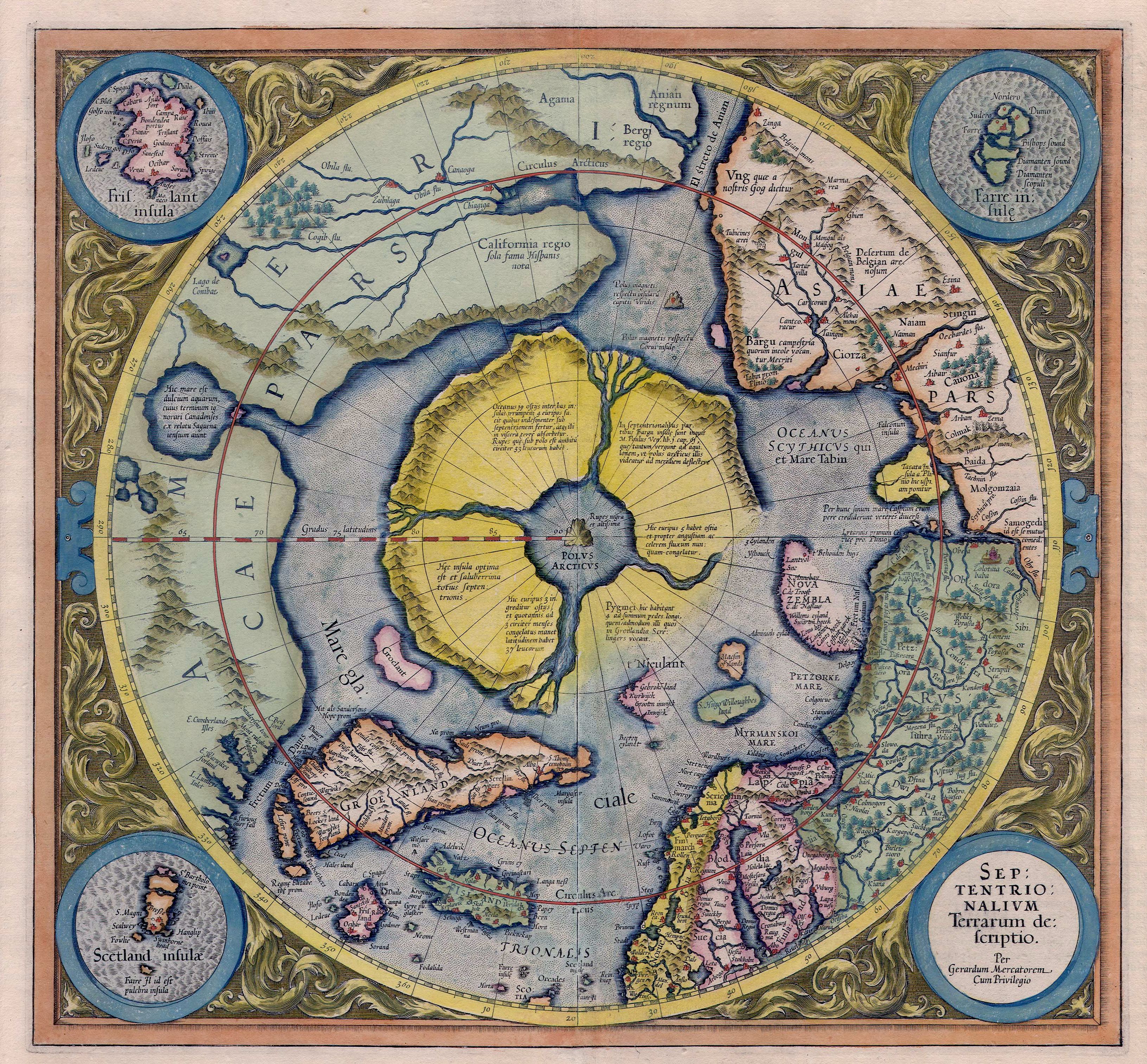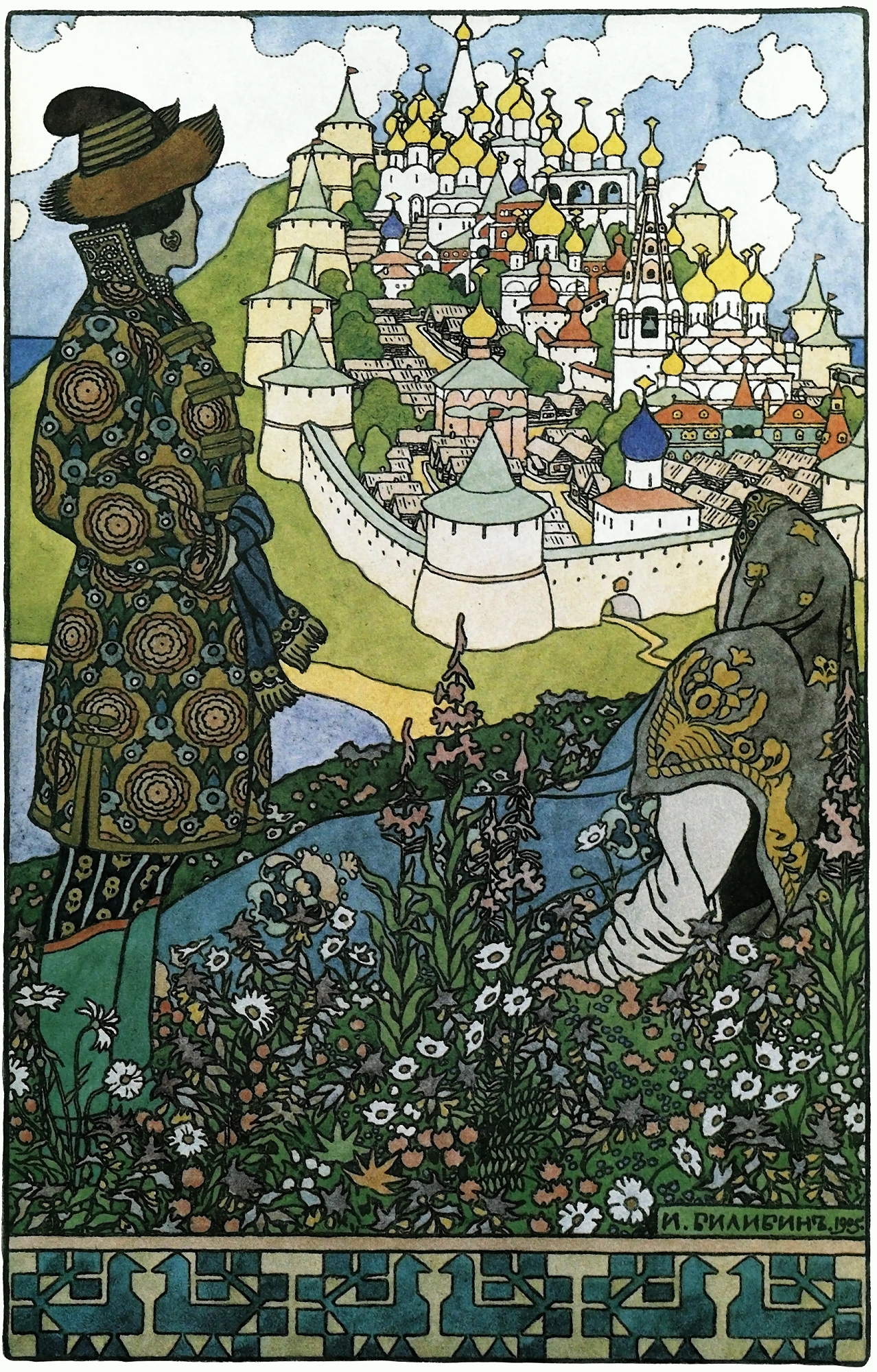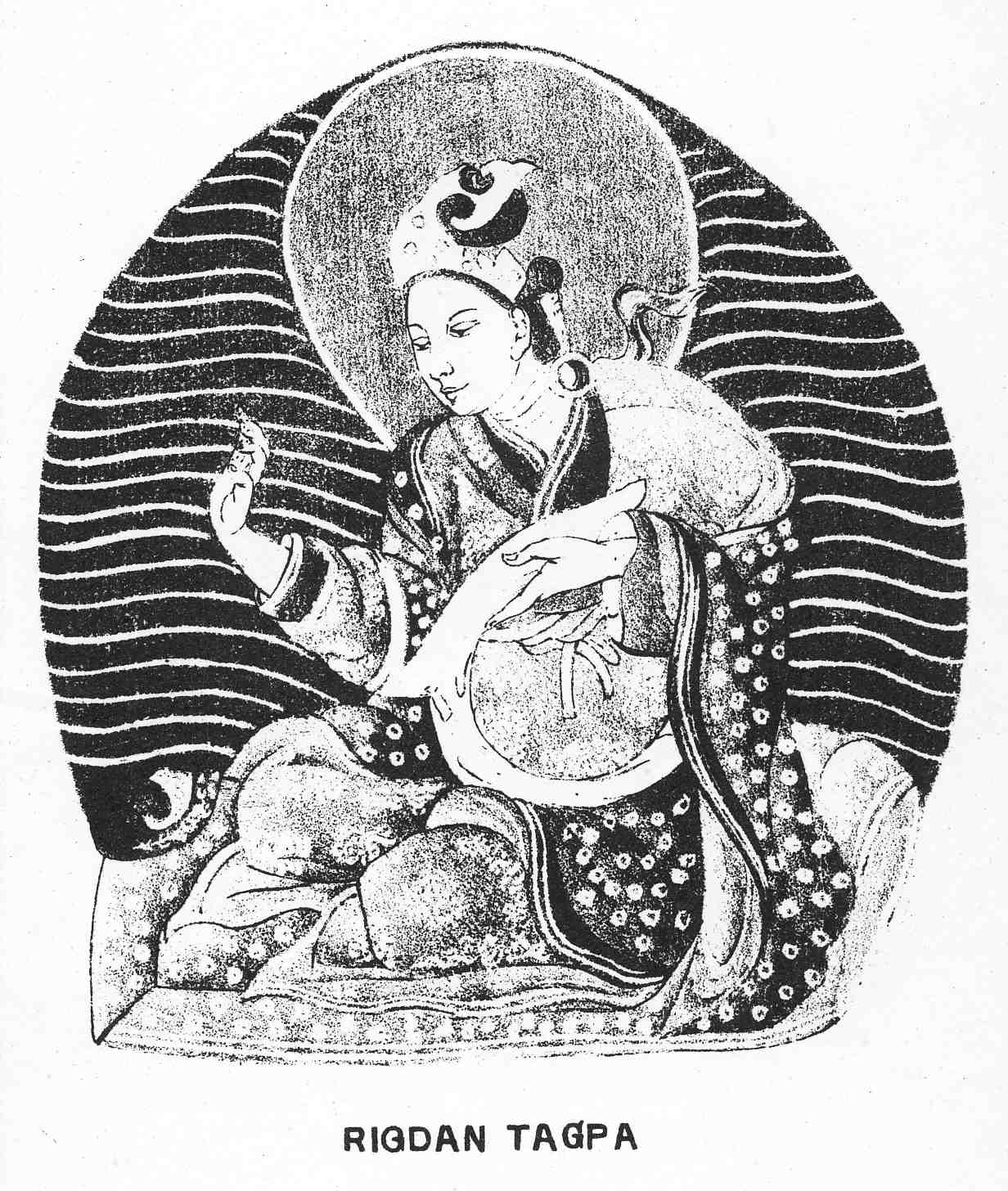|
Kingdom Of Opona
The Oponskoye Kingdom (russian: Опонское/опоньское царство, supposed to mean "Yaponskoye tsarstvo", or "kingdom of Japan"), in "Orthodox Encyclopedia''АндреаМайер-Фратц(Andrea Meyer-Fraatz) "Andrei Bitovʼs Autobiographical Myth on Japan as a Creative Utopia: Neizbezhnost’ Nenapisannogo" or as some English sources erroneously put it, Kingdom of Opona, is a mythical kingdom in |
Mythical Place
Myth is a folklore genre consisting of narratives that play a fundamental role in a society, such as foundational tales or origin myths. Since "myth" is widely used to imply that a story is not objectively true, the identification of a narrative as a myth can be highly controversial. Many adherents of religions view their own religions' stories as truth and so object to their characterization as myth, the way they see the stories of other religions. As such, some scholars label all religious narratives "myths" for practical reasons, such as to avoid depreciating any one tradition because cultures interpret each other differently relative to one another. Other scholars avoid using the term "myth" altogether and instead use different terms like "sacred history", "holy story", or simply "history" to avoid placing pejorative overtones on any sacred narrative. Myths are often endorsed by secular and religious authorities and are closely linked to religion or spirituality. Many soci ... [...More Info...] [...Related Items...] OR: [Wikipedia] [Google] [Baidu] |
Northern Russia
Russian North (russian: Русский Север) is an ethnocultural region situated in the northwestern part of Russia. It spans the regions of Arkhangelsk Oblast, the Republic of Karelia, Komi Republic, Vologda Oblast and Nenets Autonomous Okrug). It is known for its traditions of folk art - in particular, wooden architecture, wood and bone carving and painting. Due to its remoteness, the rural parts of Russian North preserve much of the archaic aspects of Russian culture during the 19th and 20th centuries, making it of particular interest to historians, culturologists and ethnographers. History The initial Russian colonization of the Russian North started independently from Novgorod and Rostov. Genetic studies show that the populations of Russian North have a significant Finnic admixture, which is not typical for more southern Russian populations. The pre-Russian (most likely Finno-Ugric) populations of Russian North were recorded as "Zavoloshka Chudes" in chronicles. ... [...More Info...] [...Related Items...] OR: [Wikipedia] [Google] [Baidu] |
Locations In Slavic Mythology
In geography, location or place are used to denote a region (point, line, or area) on Earth's surface or elsewhere. The term ''location'' generally implies a higher degree of certainty than ''place'', the latter often indicating an entity with an ambiguous boundary, relying more on human or social attributes of place identity and sense of place than on geometry. Types Locality A locality, settlement, or populated place is likely to have a well-defined name but a boundary that is not well defined varies by context. London, for instance, has a legal boundary, but this is unlikely to completely match with general usage. An area within a town, such as Covent Garden in London, also almost always has some ambiguity as to its extent. In geography, location is considered to be more precise than "place". Relative location A relative location, or situation, is described as a displacement from another site. An example is "3 miles northwest of Seattle". Absolute location An absolute locatio ... [...More Info...] [...Related Items...] OR: [Wikipedia] [Google] [Baidu] |
Cockaigne
Cockaigne or Cockayne () is a land of plenty in medieval myth, an imaginary place of extreme luxury and ease where physical comforts and pleasures are always immediately at hand and where the harshness of medieval peasant life does not exist. Specifically, in poems like ''The Land of Cockaigne'', it is a land of contraries, where all the restrictions of society are defied (abbots beaten by their monks), sexual liberty is open (nuns flipped over to show their bottoms), and food is plentiful (skies that rain cheese). Writing about Cockaigne was commonplace in Goliard verse. It represented both wish fulfillment and resentment at scarcity and the strictures of asceticism. Etymology While the first recorded uses of the word are the Latin ''Cucaniensis'' and the Middle English ''Cokaygne'', one line of reasoning has the name tracing to Middle French ''(pays de) cocaigne'' "(land of) plenty", ultimately adapted or derived from a word for a small sweet cake sold to children at a fai ... [...More Info...] [...Related Items...] OR: [Wikipedia] [Google] [Baidu] |
Kitezh
Kitezh (russian: Ки́теж) is a legendary and mythical city beneath the waters of Lake Svetloyar in the Voskresensky District of the Nizhny Novgorod Oblast in central Russia. Reference to Kitezh appears for the first time in ''Kitezh Chronicle'', an anonymous book from the late 18th century, believed to have originated among the Old Believers. The legend Legend has it that Georgy II, Grand Prince of Vladimir (), first built the town of Maly Kitezh (Little Kitezh - today's Krasny Kholm) on the Volga River. It is sometimes erroneously identified with Gorodets, which was actually founded in 1152, more than 30 years before Georgy's birth in 1189. Later on, the prince crossed the rivers of Uzola, Sanda, and Kerzhenets, and found a beautiful spot on the shores of Lake Svetloyar, where he decided to build the town of Bolshoy Kitezh (Great Kitezh). According to folk etymology, the name of the town came from the royal residence of Kideksha (near Suzdal), ransacked by th ... [...More Info...] [...Related Items...] OR: [Wikipedia] [Google] [Baidu] |
Iriy
Iriy, Vyrai ( be, Вырай, pl, Wyraj), Vyriy (russian: Вырий, Ирий, Ирей, ukr, Вирій, Ірій, Ирій), or Irij ( Croatian, Czech, Slovak: ''Ráj, Raj, Irij'', srp, Ириј, ukr, Ирій, Ірій) is a mythical place in Slavic mythology where "birds fly for the winter and souls go after death" that is sometimes identified with paradise. Spring is believed to have arrived on Earth from Vyrai. According to , initially the Early Slavs believed in only one Vyrai, connected to the deity known as Rod (god)—it was apparently located far away beyond the sea, at the end of the Milky Way. According to folkloristic fables, the gates of Vyrai were guarded by Veles, who sometimes took the animal form of a raróg, grasping in its claws the keys to the otherworlds. It was often imagined as a garden beyond an iron gate that barred the living from entering, located in the crown of the cosmic tree. Whereas the branches were said to be nested by the birds, who were ... [...More Info...] [...Related Items...] OR: [Wikipedia] [Google] [Baidu] |
Hyperborea
In Greek mythology, the Hyperboreans ( grc, Ὑπερβόρε(ι)οι, ; la, Hyperborei) were a mythical people who lived in the far northern part of the known world. Their name appears to derive from the Greek , "beyond Boreas" (the God of the North Wind), although some scholars prefer a derivation from ("to carry over"). Despite their location in an otherwise frigid part of the world, the Hyperboreans were believed to inhabit a sunny, temperate, and divinely-blessed land. In many versions of the story, they lived north of the Riphean Mountains, which shielded them from the effects of the cold North Wind. The oldest myths portray them as the favorites of Apollo, and some ancient Greek writers regarded the Hyperboreans as the mythical founders of Apollo's shrines at Delos and Delphi. Later writers disagreed on the existence and location of the Hyperboreans, with some regarding them as purely mythological, and others connecting them to real-world peoples and places in no ... [...More Info...] [...Related Items...] OR: [Wikipedia] [Google] [Baidu] |
Buyan
In the Dove Book and other medieval Russian books, Buyan (russian: Буя́н, sometimes transliterated as Bujan) is described as a mysterious island in the ocean with the ability to appear and disappear with the tide. Three brothers—Northern, Western, and Eastern Winds—live there, and also the Zoryas, solar goddesses who are servants or daughters of the solar god Dazhbog. Background The island of Buyan features prominently in many famous myths; Koschei the Deathless keeps his soul or immortality hidden there, secreted inside a needle placed inside an egg in the mystical oak-tree; other legends call the island the source of all weather, generated there and sent forth into the world by the god Perun. Buyan also appears in ''The Tale of Tsar Saltan, of His Son the Renowned and Mighty Bogatyr Prince Gvidon Saltanovich, and of the Beautiful Princess-Swan'' (an opera by Nikolai Rimsky-Korsakov, set partially in Tmutarakan and in Buyan's magical city of Ledenets (russian: � ... [...More Info...] [...Related Items...] OR: [Wikipedia] [Google] [Baidu] |
Old Believers
Old Believers or Old Ritualists, ''starovery'' or ''staroobryadtsy'' are Eastern Orthodox Christians who maintain the liturgical and ritual practices of the Russian Orthodox Church as they were before the reforms of Patriarch Nikon of Moscow between 1652 and 1666. Resisting the accommodation of Russian piety to the contemporary forms of Greek Orthodox worship, these Christians were anathematized, together with their ritual, in a Synod of 1666–67, producing a division in Eastern Europe between the Old Believers and those who followed the state church in its condemnation of the Old Rite. Russian speakers refer to the schism itself as ''raskol'' (), etymologically indicating a "cleaving-apart". Introduction In 1652, Patriarch Nikon (1605–1681; patriarch of the Russian Orthodox Church from 1652 to 1658) introduced a number of ritual and textual revisions with the aim of achieving uniformity between the practices of the Russian and Greek Orthodox churches. Nikon, having notice ... [...More Info...] [...Related Items...] OR: [Wikipedia] [Google] [Baidu] |
El Dorado
El Dorado (, ; Spanish for "the golden"), originally ''El Hombre Dorado'' ("The Golden Man") or ''El Rey Dorado'' ("The Golden King"), was the term used by the Spanish in the 16th century to describe a mythical tribal chief (''zipa'') or king of the Muisca people, an indigenous people of the Altiplano Cundiboyacense of Colombia, who as an initiation rite, covered himself with gold dust and submerged in Lake Guatavita. The legends surrounding El Dorado changed over time, as it went from being a man, to a city, to a kingdom, and then finally to an empire. A second location for El Dorado was inferred from rumors, which inspired several unsuccessful expeditions in the late 1500s in search of a city called Manoa on the shores of Lake Parime or Parima. Two of the most famous of these expeditions were led by Sir Walter Raleigh. In pursuit of the legend, Spanish conquistadors and numerous others searched what is today Colombia, Venezuela, and parts of Guyana and northern Brazil, for ... [...More Info...] [...Related Items...] OR: [Wikipedia] [Google] [Baidu] |
Russian Folklore
Folklore of Russia is folklore of Russians and other ethnic groups of Russia. Russian folklore takes its roots in the pagan beliefs of ancient Slavs and now is represented in the Russian fairy tales._Epic_Russian_ �олше́бн_...s._Epic_Russian_bylinas_are_also_an_important_part_of_Slavic_paganism.html" ;"title="bylina.html" ;"title="�олше́бн ...s. Epic Russian bylina">�олше́бн ...s. Epic Russian bylinas are also an important part of Slavic paganism">bylina.html" ;"title="�олше́бн ...s. Epic Russian bylina">�олше́бн ...s. Epic Russian bylinas are also an important part of Slavic paganism. The oldest bylinas of Kievan cycle were recorded in the Northwestern Federal District, Russian North, especially in Karelia, where most of the Finnish people, Finnish national epic Kalevala was recorded as well. In the late 19th-century Russian fairy tales began being translated into English, with ''Russian Folk Tales'' (1873) by William Ralston, and ''Tales and L ... [...More Info...] [...Related Items...] OR: [Wikipedia] [Google] [Baidu] |
Shambhala
In Tibetan Buddhist tradition, Shambhala ( sa, शम्भल ',''Śambhala'', also ''Sambhala'', is the name of a town between the Rathaprā and Ganges rivers, identified by some with Sambhal in Uttar Pradesh. In the Puranas, it is named as the place where Kalki, the last incarnation of Vishnu, is to appear (Monier-Williams, ''Sanskrit-English Dictionary'', 1899). also spelled ''Shambala'' or ''Shamballa''; ; ) is a spiritual kingdom. Shambhala is mentioned in the ''Kalachakra Tantra''. The Bon scriptures speak of a closely related land called Tagzig Olmo Lung Ring. The Sanskrit name is taken from the name of a city mentioned in the Hindu Puranas. The exact length of Shambhala is 245 yojanas (approximate) as per Vishnu Purana. The mythological relevance of the place originates with a prophecy in ''Vishnu Purana'' (4.24) according to which Shambhala will be the birthplace of Kalki, the next incarnation of Vishnu, who will usher in a new age (Satya Yuga); and the prophesied ... [...More Info...] [...Related Items...] OR: [Wikipedia] [Google] [Baidu] |




.jpg)

